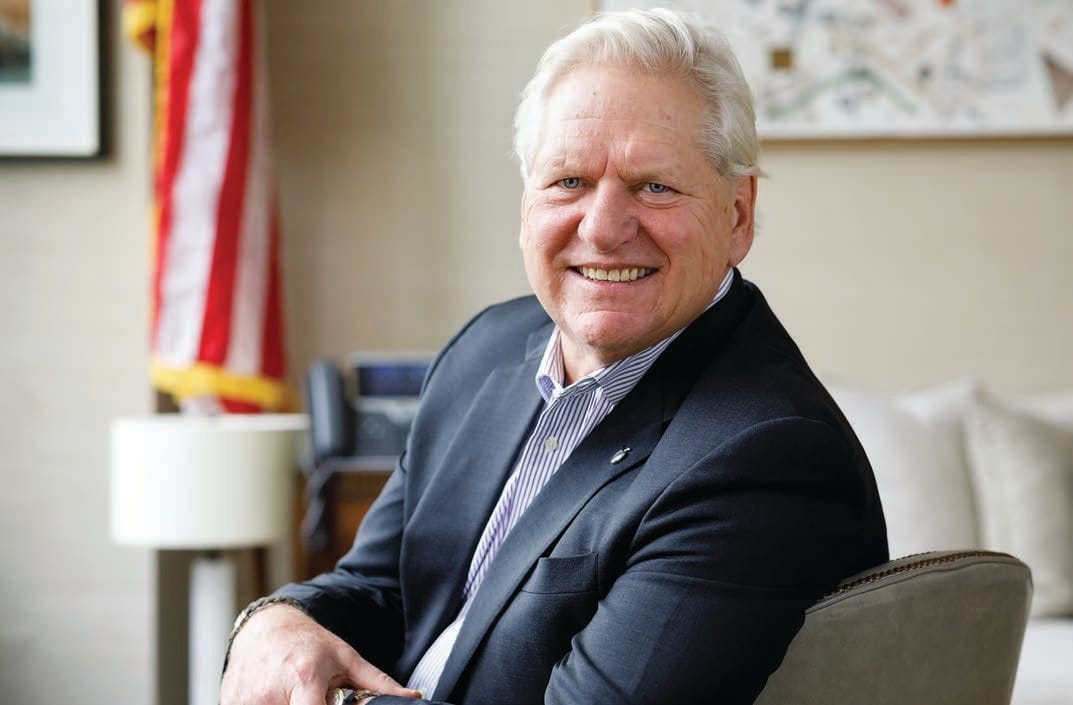Property Owners Highlight Role of Commercial Real Estate in Digital Infrastructure Deployment
Wireless push by FCC has led to higher capacity broadband throughout multi-tenant buildings.
Mike Ogunji

July 27, 2021 – Property owners speaking at the Connect X Capital and Finance Summit last month said that recent initiatives of the Federal Communications Commission have forced property owners and broadband providers to work together to solve digital infrastructure challenges.
These challenges include higher capacity broadband to the home, in-building wireless, sensors, and video services throughout a multi-tenant building.
“CBRS was a huge gift because it gives us the ability to solve problems that we weren’t able to solve before,” said John Gilbert, chief operating officer of Rudin Management Company. He was speaking about the Citizens Broadband Radio Service auction that took place last year.
Before CRBS, buildings previously required the installation of a Distributed Antenna System. The problem was that these systems were costly and could only work with one carrier at a time, Gilbert said.
With the implementation of a CBRS system throughout its property, at 345 Park Avenue in New York City, Rudin Management was among the first to create an in-building CBRS network.
Commercial real estate gets involved in the broadband infrastructure game
Questions like, “Where does a network begin and end?”, “Who gets to relocate it” and “What set agreements are to be made,” are crucial questions to ask when implementing a CBRS plan on a commercial property, said panelist at the event.
“There are no cookie-cutter deals; each building type is different. You must be concerned about controlling interference and the installation of equipment. They will have insurance, mechanics links, concerns about removal,” said David Bronston, special counsel for Phillips Lytle, a law firm in the U.S and Canada.
According to Bronston and other panelists, the CBRS auction and other FCC actions have helped to accelerate the deployment of next-generation wireless services, including LTE and 5G networks.
The future of CBRS and other innovations in wireless technology
“A lot more wireless infrastructure needs to be deployed, the scale of what required, the U.S. is falling behind other countries is very concerning,” said George Malkin, head of U.S. launch for QMC Telecom.
Panelists criticized state government in the U.S. that restrict municipal broadband projects. These restrictions include barriers to compete and phantom cost requirements.
Other laws limit the services that municipal broadband networks may offer, which can limit municipal services to voice and data alone, panelists said.










Member discussion